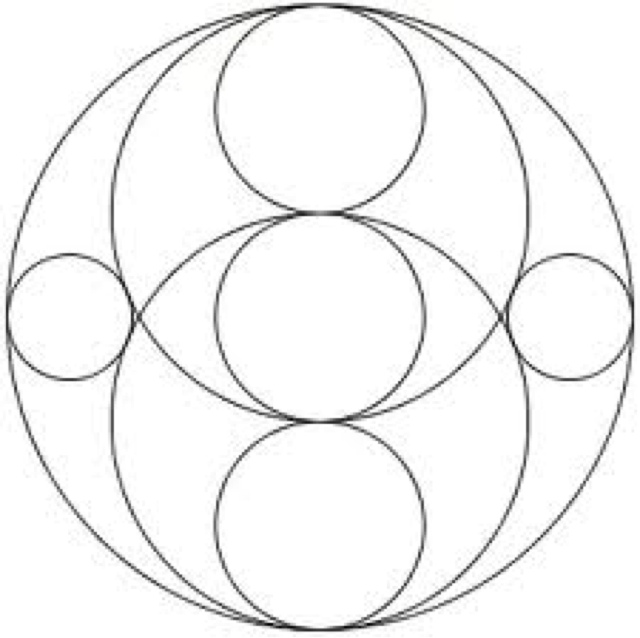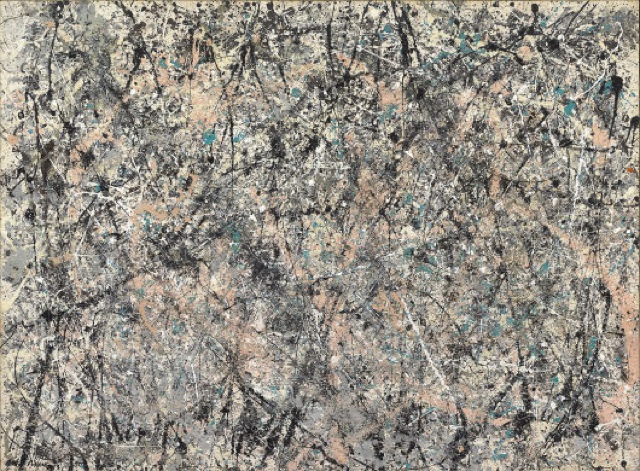It is funny how we become attached to the work of certain artists. I was in my 3rd year of undergrad, doing a 'painting project' for our honours acting class, in which we were to write a monologue as a character from a painting to 'come alive'. Most others selected paintings that were fairly naturalist and impressionist. Feeling edgy, I selected one of Munch's wood cuts; how edgy expressionism feels in an undergrad degree in the middle of Canada.
Anyway, I have spent more and more time over the years looking at various phases of his work. Obviously his famous work such as The Scream, Sick Child and Starry Night are beautiful and captivating in their own way, but it is Munch's fascination with photography that I find truly intriguing. I was extremely grateful to this exhibition for showcasing the photography alongside the painting, as it adds an opportunity to see how his experimentation with photographs, moving and unreliable images captured on film fed into the paintings. The movement in Galloping Horse was evident in a manner much more clear than it might have been otherwise.
His later photographs push this further, with images doubling, blurring, looking phantasmagoric. Curious that this led into his period dealing with fights, loss of the ability to see, and ultimately death; each of these is a mirror of our mortality, seen crisply in the photographs. The images that move, but are caught still, seem to capture that essence which is lost in death.
This is a beautiful exhibition, curated with extensive care, and one I strongly recommend.
Anyway, I have spent more and more time over the years looking at various phases of his work. Obviously his famous work such as The Scream, Sick Child and Starry Night are beautiful and captivating in their own way, but it is Munch's fascination with photography that I find truly intriguing. I was extremely grateful to this exhibition for showcasing the photography alongside the painting, as it adds an opportunity to see how his experimentation with photographs, moving and unreliable images captured on film fed into the paintings. The movement in Galloping Horse was evident in a manner much more clear than it might have been otherwise.
His later photographs push this further, with images doubling, blurring, looking phantasmagoric. Curious that this led into his period dealing with fights, loss of the ability to see, and ultimately death; each of these is a mirror of our mortality, seen crisply in the photographs. The images that move, but are caught still, seem to capture that essence which is lost in death.
This is a beautiful exhibition, curated with extensive care, and one I strongly recommend.

